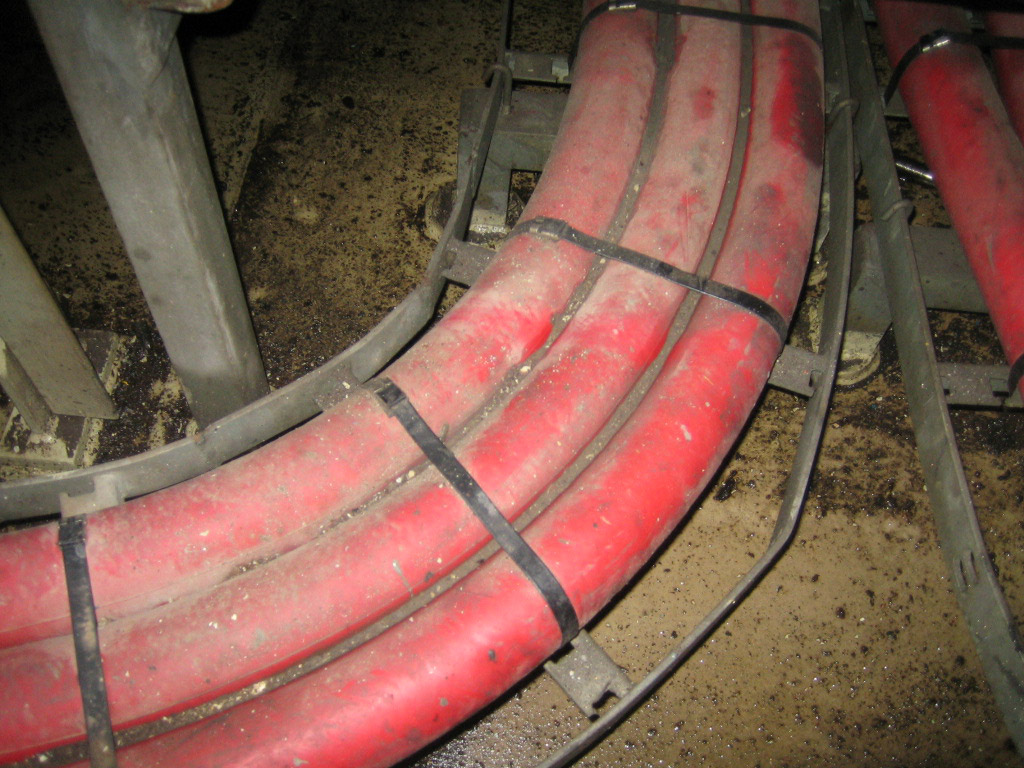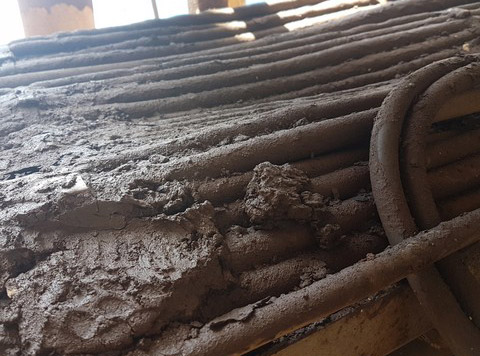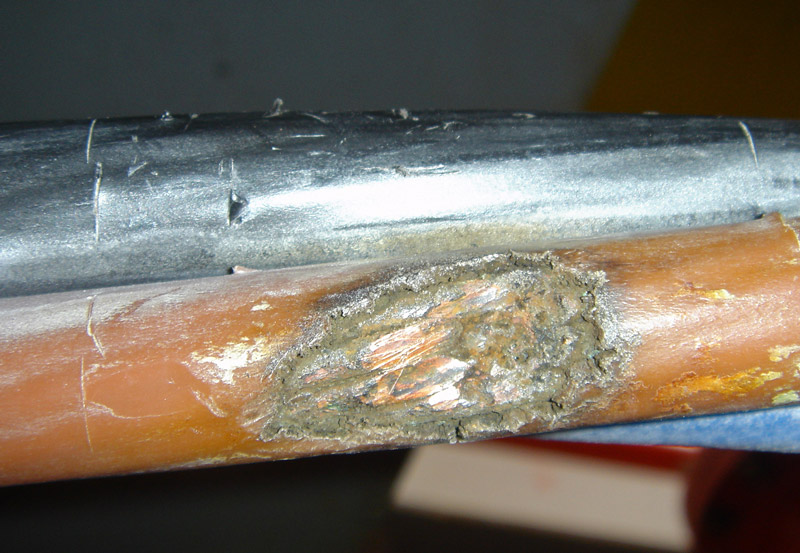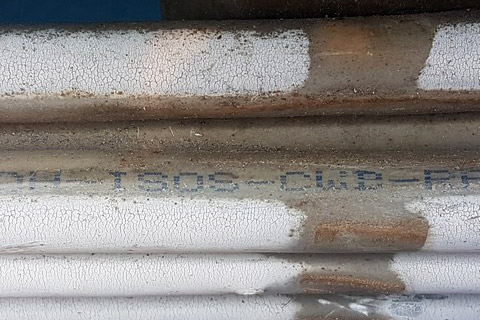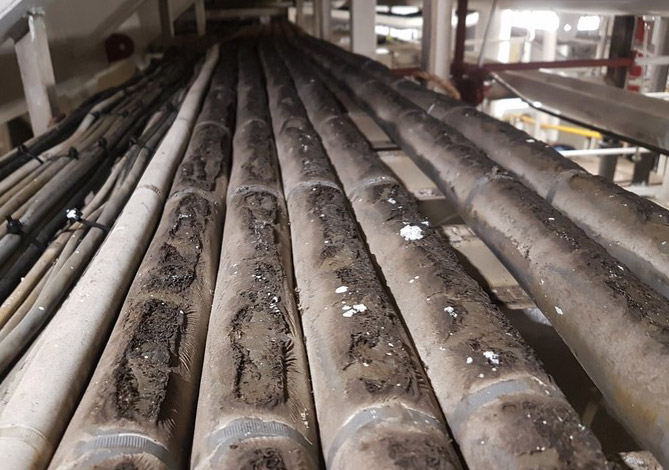Grading the condition and expected lifetime of electrical cables.
The Cable Maintenance Guide is intended as a tool for electrical engineers, maintenance superintendents & asset managers to assist with grading the condition and expected lifetime of their cables and to consider if Fire Security could offer a cost-effective solution compared to cable replacement.
Why Cables deteriorate.
All insulation deteriorates naturally with age, especially when exposed to an elevated temperature due to high loading and even when it is not physically damaged. In this case, there is a distributed flow of leakage current during a test or while energized.
Many substances such as water, oil, and chemicals may contaminate and shorten the life of insulation and cause serious problems. Exposure to UV, elevated ozone concentration will also shorten the life of cables. Cross-linked polyethylene (XLPE) insulation is subject to a condition termed treeing. It has been found that the presence of moisture containing contaminants, irregular surfaces, or protrusions into the insulation plus electrical stress provides the proper environment for the inception and growth of these trees within the polyethylene material. Testing indicates that the breakdown strength of these treed cables is dramatically reduced. Damage caused by lightning, fire, or overheating may require repair, upgrading, or replacement of the cable to maintain or restore service.
Key elements of restoring and upgrading cables.
The key elements of restoring and upgrading aging and deteriorating cables can be described as
• Increased Insulation value
• Increased Dielectric strength
• Added UV resistance
• Added Ozone resistance
• Added Fire Protective properties
• Added Water resistance
• Added Chemical resistance
• Maintaining a flexible outer sheath
Cable Maintenance – Important considerations.
When going through plans for maintenance of electrical cables, the need for testing and system verification should be considered and planned for. Does the operating unit require other tests than function and operation test? Yes / No If no, visual inspection and grading according as per FS grading system, see below, should be performed. If yes, determine what kind of test is required. Our coating solutions are approved by the major international classification societies. They have been utilized by major players in the oil & gas, power generation, smelter, heavy industrial & civil engineering projects, shipping & cruise liner industries. Contact one of our offices or representatives for more information.
We grade cable conditions into the following main categories.
A-B New / Good appearance.
C Chemically affected cables.
UV UV affected cables.
QC Issue of sheath material leading to early aging.
M Mechanically damaged cable.
H Heat / Fire damaged cables.

